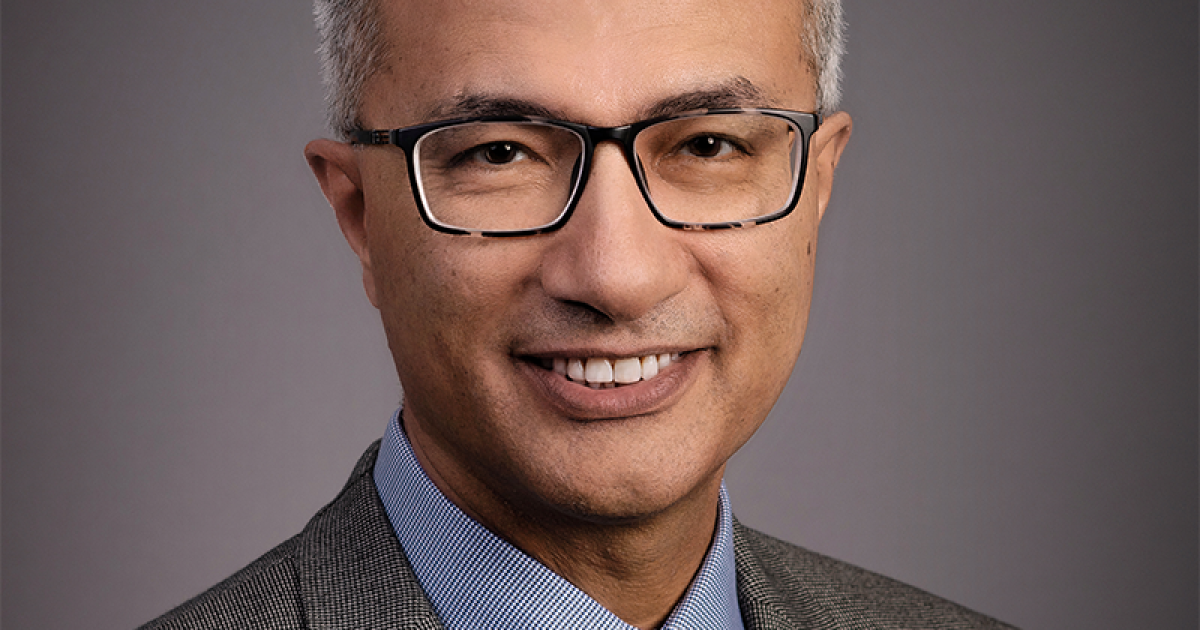Capacity crunch spurs Texas public health care system to seek $2.5 billion of bonds
5 min read
The public health care system in Texas’ biggest county is seeking $2.5 billion of bond authorization to address critical capacity problems at its two hospitals, which serve a fast-growing population.
The Harris Health System Board of Trustees unanimously agreed late last month to ask Harris County commissioners to place the bonds on the November ballot, which the system believes would mark the first time voter approval for debt would be sought in its 57-year history.
“Without immediate public investment, our hospitals and emergency rooms will continue to exceed capacity on a daily basis,” Dr. Arthur Bracey, the board’s chair, said in a statement. “We need to act now to address the immediate needs but also prepare for the inevitable growth in demand as Harris County grows.”
Rating agencies are keeping a close eye on the potential big debt increase for the Harris County Hospital District, which had about $300 million of revenue bonds and certificates of obligation outstanding as of Sept. 30.
Dr. Esmaeil Porsa, the health system’s president and chief executive officer since 2020, told the board at its April 27 meeting the system’s current financial position and capacity supports $2.5 billion of bonds, but county commissioners will have the final say on the amount of bonds that can appear on the ballot.
He pointed to a dire need for capacity at LBJ Hospital where he said he has witnessed patient beds in hallways on almost every floor.
“That should not be happening,” he said. “That is not equitable care.”
The health system’s strategic facilities financing plan tops $2.9 billion, earmarking $1.6 billion for a new LBJ Hospital that would increase patient capacity, $433 million to renovate the existing LBJ Hospital, $410 million to add about 120 patient rooms at Ben Taub Hospital and extend its lifespan by 15 years, and $504.5 million to build three clinics.
Porsa said bond proceeds would be supplemented over the next 10 years with $300 million in cost savings and efficiencies and an anticipated $100 million from grants and philanthropy.
To support the bonds, the system’s property tax rate for debt service would increase, costing an owner of a house valued at $300,000 less than $72 per year when all the debt is issued over the next 10 years, according to Porsa’s board presentation.
The health safety net system’s operating costs are projected to rise by $491 million by 2035, but a material increase in its tax rate for operations funding is not currently anticipated given the county’s projected population growth and increase in property values over the next decade.
Porsa said while property values have grown an average of 7.5% in the past 10 years, the health system’s plan assumes only 4.7% growth through 2032. He also noted the system’s projections were based on the assumption of no significant changes in governmental payment programs and the absence of catastrophic events such as a pandemic or a hurricane.
Harris County, already the third most-populous in the nation with 4.73 million people, gained 45,626 residents last year making it the second fastest growing county behind Maricopa in Arizona, according to the U.S. Census Bureau. Harris Health said the county is projected to have more than 6 million residents by 2050, with the uninsured population topping 1.5 million.
While the percentage of Texas hospitals at risk of closing rose in the wake of the COVID-19 pandemic, big urban health systems have been performing well.
Harris Health’s net revenue was nearly $2.3 billion in fiscal 2022, with property taxes accounting for $815 million, patient services generating $822 million, and Medicaid supplemental programs bringing in $561 million. With 45.9% of its patients uninsured, the system provided $796 million in charity care.
“Their financial profile has improved,” said Richard Park, an analyst at Fitch Ratings, which rates the health system’s debt AA with a stable outlook. “They also have a growing tax base that really helps them.”
In a January report, the rating agency said increased tax revenue, federal stimulus funding, and other factors helped the system’s liquidity to grow over the past two fiscal years.
As for the proposed new debt, Fitch said it believes “the district has debt capacity at the current rating to fund future capital projects, but the cost, timing and funding sources for the potential projects remain uncertain and Fitch will evaluate any impact on the rating should the district issue additional debt.”
The report also noted the addition of significant new debt makes a rating upgrade unlikely.
S&P Global Ratings, which assigned its AA-minus underlying rating with a stable outlook to the system’s 2010 variable-rate revenue bonds, warned that a negative outlook or rating action “would be possible with a sizable increase in debt load or if HCHD were to sustain sizable operating losses for multiple years” in a December report.
“We believe HCHD has material cushion at the rating, particularly following the strong earnings and unrestricted reserve accumulation of the past few years and during the pandemic,” the report said, adding the rating agency will further evaluate the system’s spending and debt plans as they develop.
Moody’s Investors Service, which rates the system’s certificates of obligation Aa1 and revenue bonds A2, pointed to a weaker financial picture ahead.
In a December report on the revenue bonds, Moody’s said “the stable outlook reflects our expectation that although financial performance will be much weaker in fiscal 2023 due to a combination of lower revenue under certain programs and growing expenses related to industry specific and general inflationary pressures, the organization will maintain an adequate financial position.”
The Harris County Hospital District, which serves as a teaching system for Baylor College of Medicine and the University of Texas Health Science Center at Houston, dates to 1965 when its creation was approved by county voters.
The following year it became a political subdivision with taxing powers and assumed ownership of two city-county hospitals – Ben Taub and what was then Jefferson Davis, which was replaced by LBJ Hospital in 1989. In 1990, a new Ben Taub hospital opened.
LBJ, named after former U.S. president Lyndon B. Johnson, is a Level III trauma center with 215 licensed beds and Ben Taub is a Level I with 402 beds.







